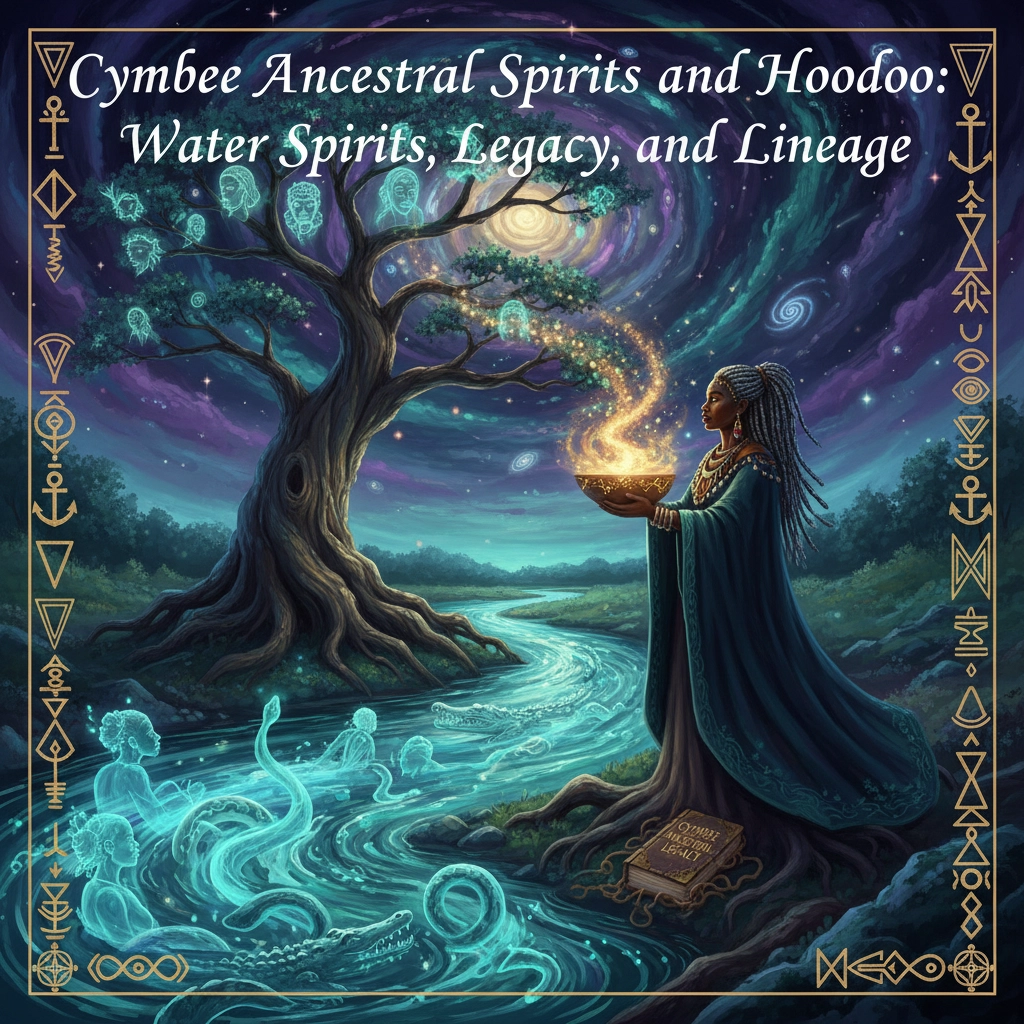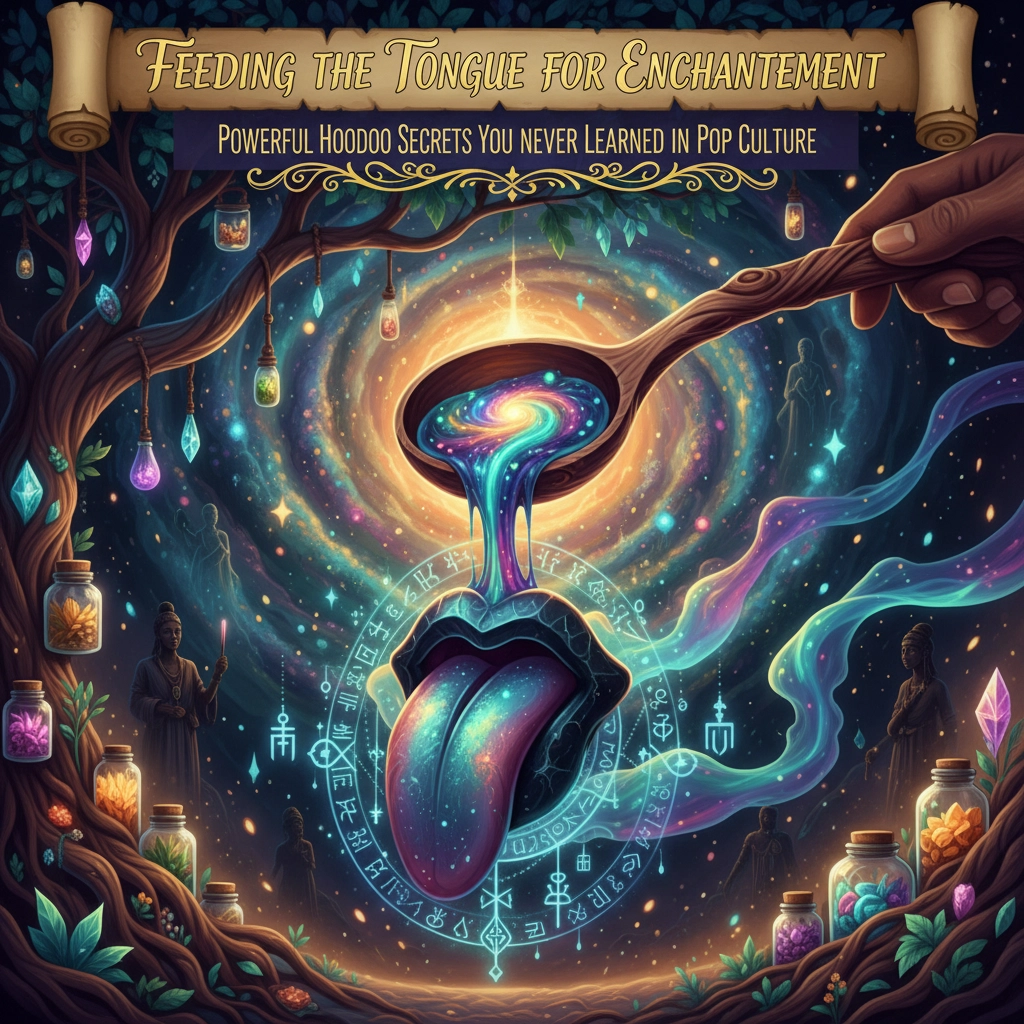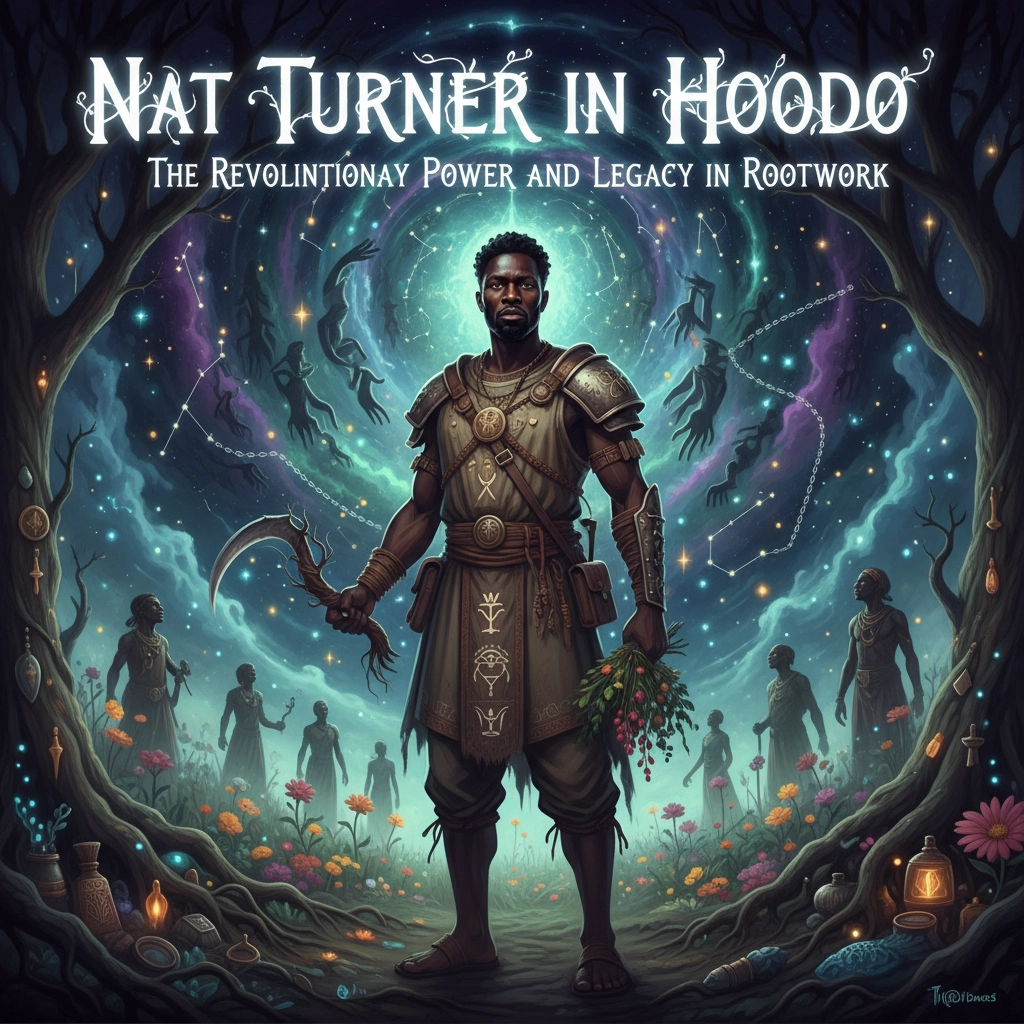What if I told you that some of the most powerful spirits in American Hoodoo didn't just survive the Middle Passage: they thrived in new waters, establishing territories and continuing relationships with African descendants that span centuries? The story of Cymbee spirits challenges everything we think we know about cultural survival and spiritual resilience.
Deep in the springs of South Carolina's Low Country, where limestone waters bubble up from ancient depths, live beings that bridge two worlds. These aren't just folklore remnants or faded memories: they're active spiritual forces whose influence extends far beyond their watery homes. The Cymbee spirits represent one of the most remarkable examples of African spiritual continuity in the Americas, and their story is both heartbreaking and triumphant.
The Kongo Connection: Where Water Spirits Dance Between Worlds
Long before European ships scarred African shores, the Bakongo people of West-Central Africa understood something profound about the relationship between water, spirit, and human community. In their cosmology, beings called simbi (plural bisimbi) served as magical guardians of springs, rivers, and sacred waters. These weren't distant deities: they were intimate neighbors, protectors who knew your family's history and watched over your children.
The word "cymbee" itself emerged as enslaved Africans spoke of these spirits to white observers who phonetically recorded what they heard. But the power behind the name remained unchanged. In Kikongo, simbi likely derives from "simba," meaning "to hold, keep, preserve": a perfect description of their role as guardians and keepers of sacred knowledge.
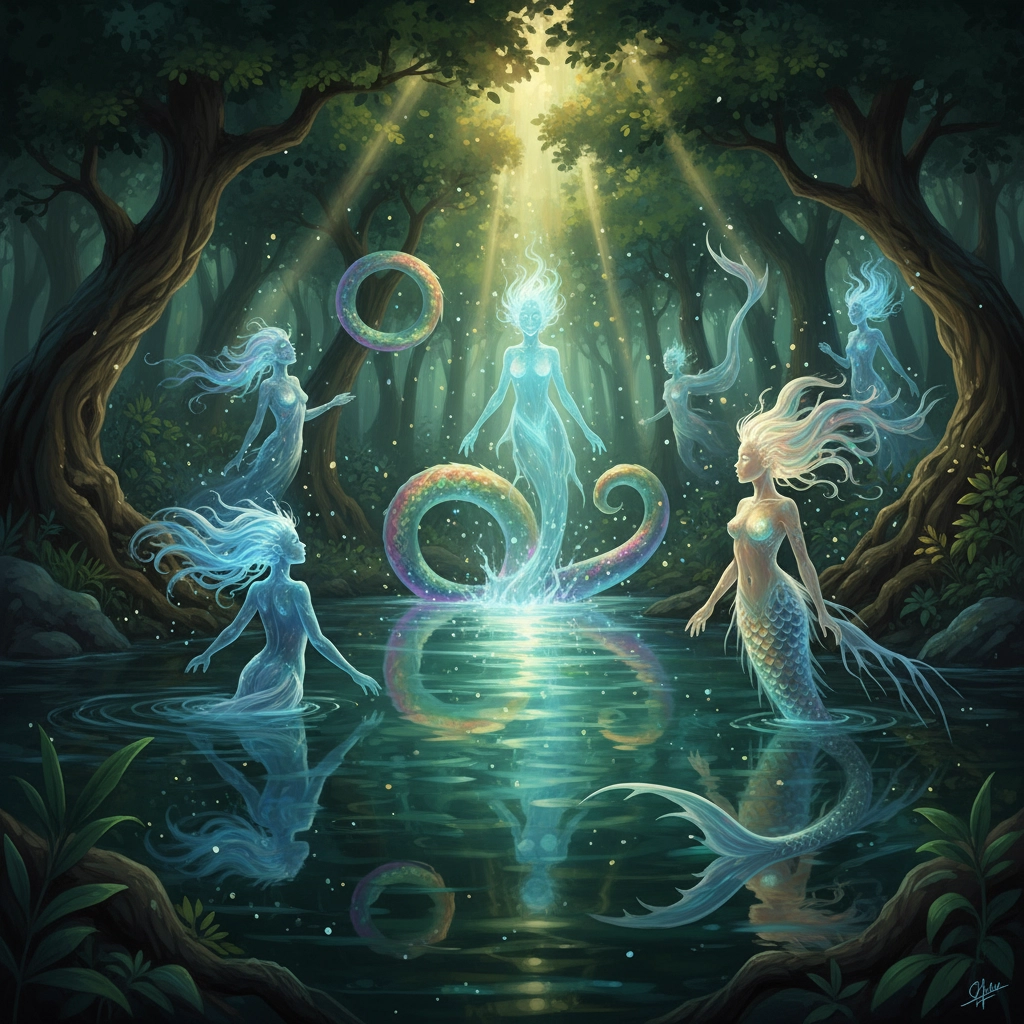
These water spirits possessed remarkable shape-shifting abilities, appearing as humans, snakes, mermaids, twisted trees, or calabash vines. They traversed the Kalûnga Line: the spiritual boundary connecting the world of the living with the realm of ancestors. As chief intermediaries between these realms, they carried messages, granted blessings, and maintained the delicate balance between seen and unseen worlds.
The Impossible Journey: Spirits Surviving the Middle Passage
Here's where the story becomes both tragic and miraculous. When millions of Africans were torn from their homelands and forced into the hell of slave ships, something unprecedented happened. The Cymbee spirits followed.
Think about that for a moment. These territorial water guardians, beings so tied to specific springs and streams that each location had its own named spirit, somehow traversed the Atlantic Ocean. They didn't just survive the Middle Passage: they established new territories in South Carolina's waters, particularly around Lake Moultrie and the limestone springs of upper St. John's Berkeley and St. Stephen's parishes.
The spirits' journey wasn't without consequence. The trauma of enslavement and forced migration affected them too. Those who knew the Cymbees in America described them as more volatile than their African counterparts, quicker to anger, more sensitive to disrespect. The waters they inhabited could suddenly roil and churn when they were displeased, and springs might dry up entirely if a Cymbee felt sufficiently offended.

Living Waters: How Cymbees Manifest in American Springs
Each spring, pond, or small body of fresh water hosts its own unique Cymbee, complete with individual appearance, personality, and even personal names. Some bore wonderfully evocative titles like "The Great Desire of the Unrotting Waters." These spirits appear roughly human-sized, proportionate to their water sources, with some sporting webbed feet while others manifest as full mermaids with shimmering tails.
But don't mistake them for passive folklore figures. Cymbees are territorial and active. They adopt specific locations: unusual rocks, gullies, springs, waterfalls: and fiercely guard them. Plank bridges over water serve as their preferred seats, observation points from which they monitor their domains and the people within their influence.
The spirits demonstrate clear preferences and personalities. They appreciate shiny trinkets, libations, and traditional offerings. They respond to respectful approach but react strongly to perceived disrespect. Most importantly, they maintain relationships with human families across generations, serving as guardians who can influence fertility, prosperity, and overall well-being.
Secret Sacred Knowledge: Cymbees in Hoodoo Practice
Within Hoodoo tradition, Cymbees occupy a special place as both water guardians and potential personal allies. However, this knowledge remained carefully guarded: secret, sacred lore that wasn't considered wise to discuss openly. This discretion partly reflected the spirits' sensitivity to disrespect, but it also represented the protective secrecy that enslaved and formerly enslaved African Americans maintained regarding their spiritual beliefs.
When white folklorists began recording Cymbee stories in the 19th century, they often described local Black people as "frightened" of these spirits. But this interpretation misses crucial context. Many of these stories were told as warnings to white men sent to brick off springs or otherwise disturb sacred waters. What appeared as fear was often protective guidance: don't mess with forces you don't understand.
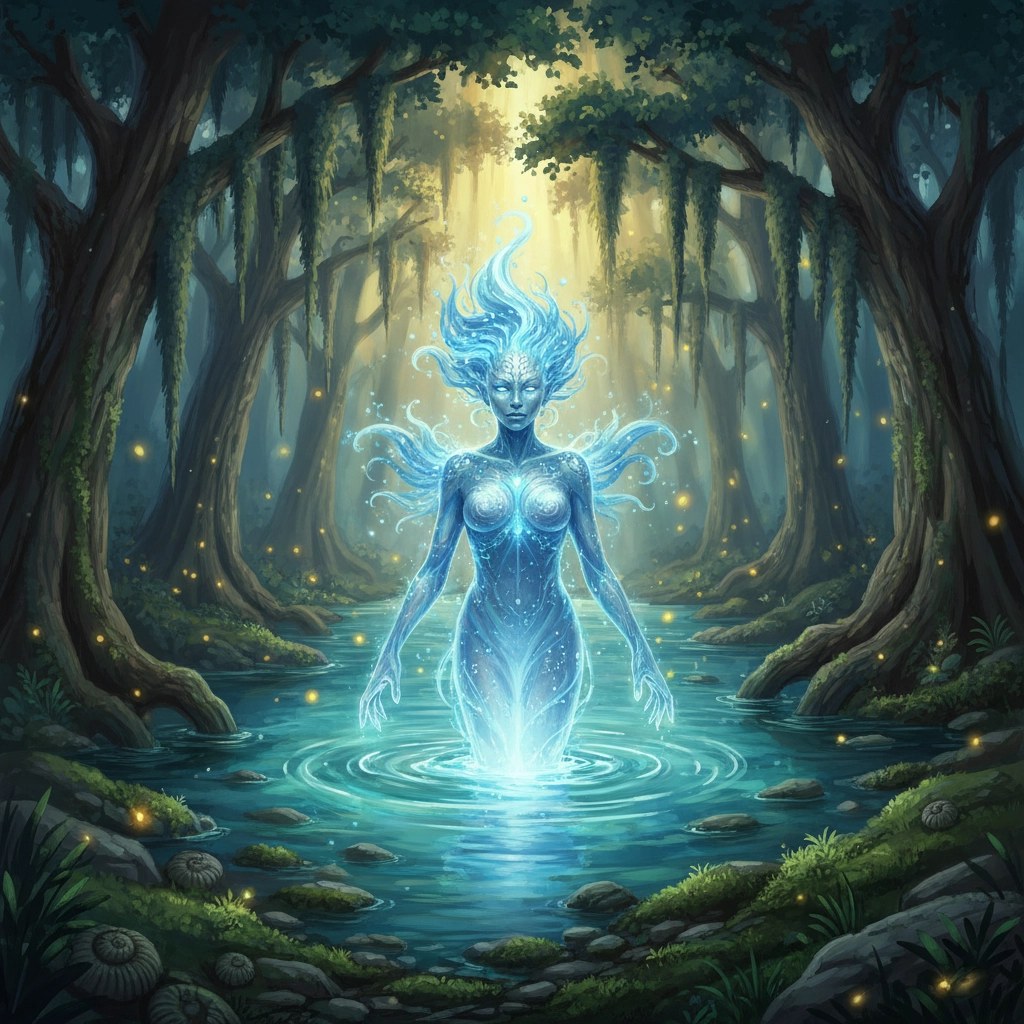
For Hoodoo practitioners, establishing relationship with a Cymbee requires patience and respect. The process begins with quiet observation near water, waiting to see if the spirit will reveal itself. The fundamental rule is simple but profound: treat their waters as precious and sacred. Approach with reverence, not demand.
The spirits can serve as powerful allies for those who earn their favor. They bring prosperity, good fortune, and abundance: including fertility: to their human partners. But they also expect ongoing relationship, not one-time transactions. Like any meaningful spiritual partnership, working with Cymbees requires commitment and mutual respect.
Living Legacy: From Simbi to Cymbee
The distinction between African "simbi" and American "cymbee" reflects both transformation and continuity. While the spirits adapted to new environments and circumstances, their essential nature and purpose remained intact. They continued serving as bridges between worlds, guardians of both water and community, keepers of ancestral wisdom.
These spirits demonstrated remarkable endurance, surviving droughts, wars, and the systematic violence of enslavement. They remained active in the spiritual lives of African descendants well into the 20th century, and their influence continues today. For contemporary Hoodoo practitioners, Cymbees represent a living link to Kongo religious heritage: a direct connection to ancestral knowledge about the relationship between humans and the natural world.
Where Waters Still Dance: Cymbees in Modern Practice
The Cymbee tradition offers profound lessons for our disconnected modern world. In a time when many people have lost touch with local water sources and natural rhythms, these spirits remind us of the sacred relationship between humans and environment. They teach us that water is not just a resource to be exploited but a living presence deserving respect and reverence.
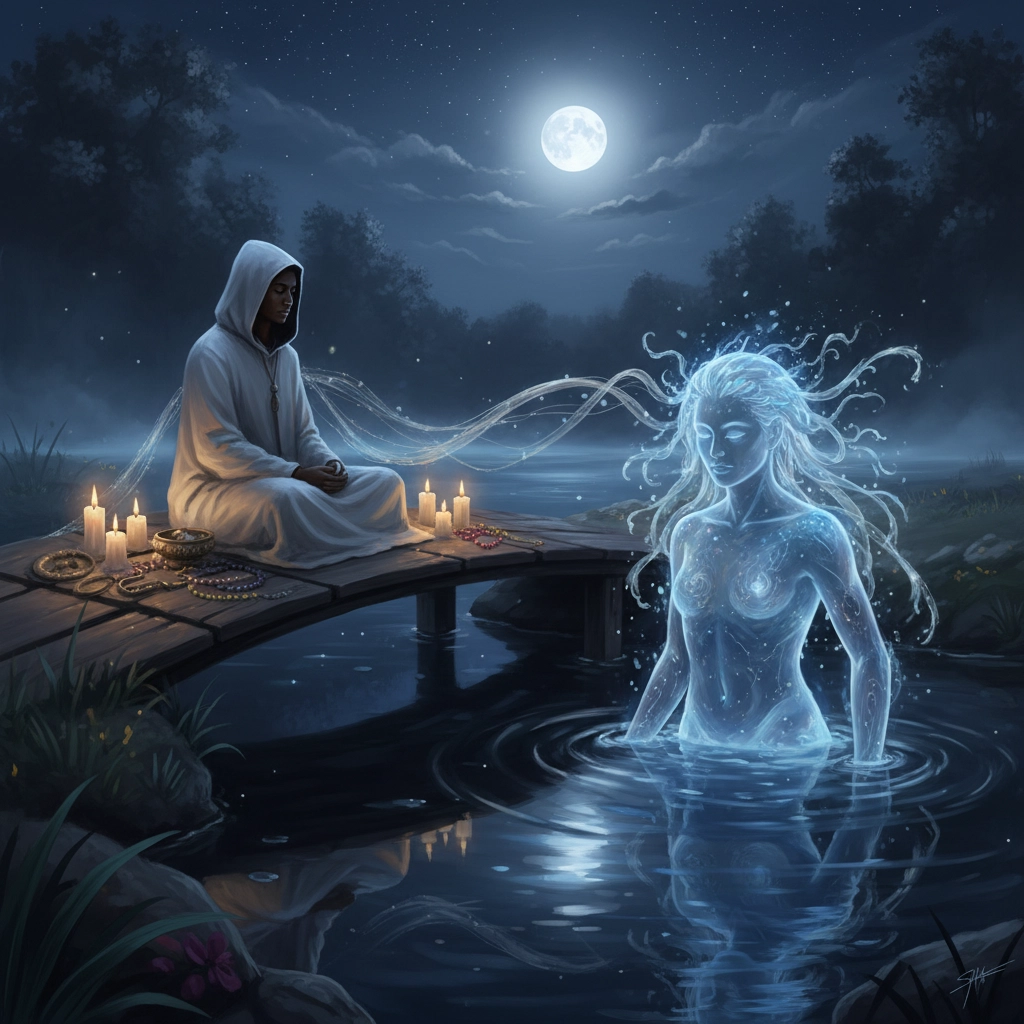
For those drawn to work with water spirits, the Cymbees remain available. If springs or freshwater ponds exist in your area, a Cymbee may be present: even if lying low. The invitation process remains the same: approach with respect, observe quietly, offer appropriate gifts, and most importantly, commit to ongoing relationship rather than one-time requests.
The spirits also teach us about cultural resilience and adaptation. They show us that traditions don't have to remain static to stay authentic. The Cymbees transformed while maintaining their essence, just as African American spiritual traditions adapted to new circumstances while preserving their core wisdom.
The Ripple Effect: Why This Matters Now
The Cymbee tradition represents far more than historical curiosity or exotic folklore. These spirits embody principles desperately needed in our modern world: respect for nature, the importance of community guardianship, the power of ancestral wisdom, and the possibility of meaningful relationship between humans and the natural world.
Their story challenges assumptions about cultural loss and survival. Instead of viewing the African diaspora solely through the lens of trauma and destruction, the Cymbees remind us of the incredible creativity, resilience, and spiritual power that survived and thrived in new environments.
The waters still dance with ancient spirits, carrying forward wisdom that predates colonization and continues beyond it. The Cymbees invite us to remember that we are not separate from the natural world but part of an interconnected web of relationships that includes both seen and unseen allies.
Whether you approach this knowledge as historical interest, spiritual practice, or cultural appreciation, the Cymbees offer the same invitation they've extended for centuries: come to the water with respect, sit quietly, and listen. The spirits who survived the Middle Passage and established new territories in American waters are still there, still available to those who approach with genuine reverence and open hearts.
The legacy flows on, from Kongo springs to Carolina waters, from ancient wisdom to modern practice. The Cymbees endure, guardians of both memory and possibility, reminding us that some relationships transcend time, trauma, and transformation.

